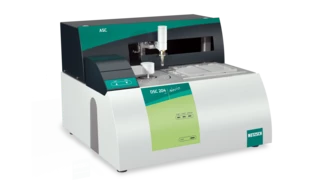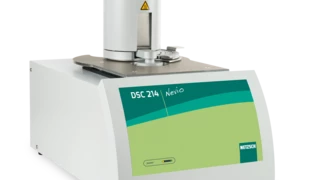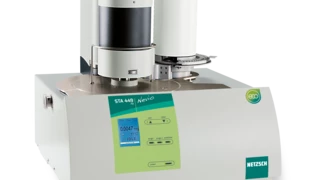Pharma
PET — Characterization of the packaging material
For identification of PET according to USP <661.1>, the sample should be heated twice to 280°C (1st time at a heating rate of 20 K/min, 2nd heating at 5 K/min) with a quick cooling in between.
After that, the evaluation result should be compared with the characteristic data of the reference material USP PET RS.
The present example shows the 2nd heating of a 12 μm-thin film of PET (sample mass: 2.48 mg), measured using a heating rate of 10 K/min in Al crucibles and a nitrogen atmosphere. The Glass Transition TemperatureThe glass transition is one of the most important properties of amorphous and semi-crystalline materials, e.g., inorganic glasses, amorphous metals, polymers, pharmaceuticals and food ingredients, etc., and describes the temperature region where the mechanical properties of the materials change from hard and brittle to more soft, deformable or rubbery.glass transition (mid temperature) yields 81°C, the endothermal melting effect exhibits two peaks with the major one at 252°C.


